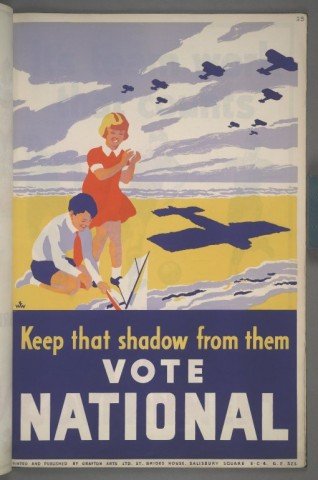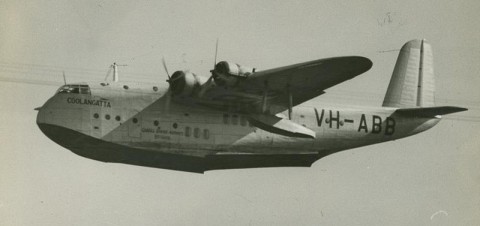The interwar internet
Sometimes I wonder how I’d react if I was perusing an early-twentieth century newspaper and came across a URL in an advertisement. Maybe http://www.aerialgymnkhana.co.uk or http://www.hobadl.org.uk. I mean, there’s no physical reason why this couldn’t happen — all those characters existed back then. It’s just that arranging them in such a way would have made […]



